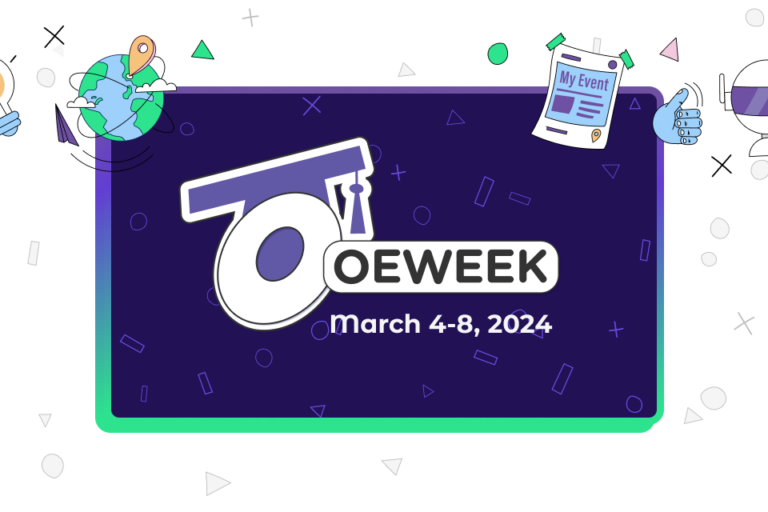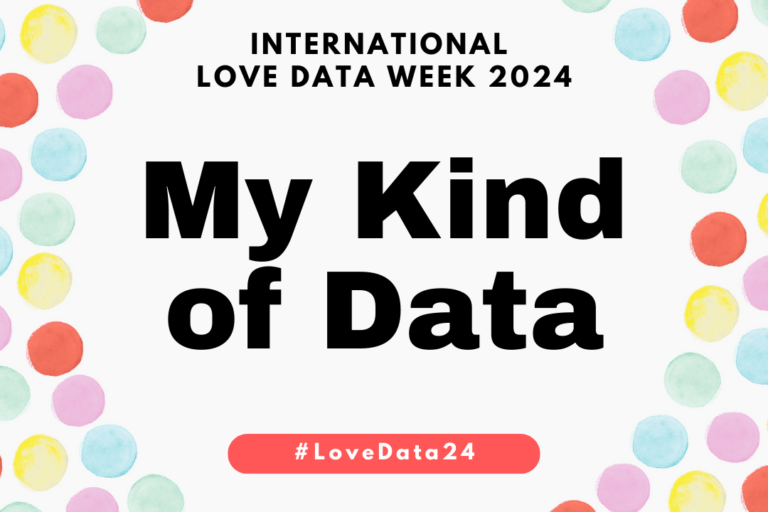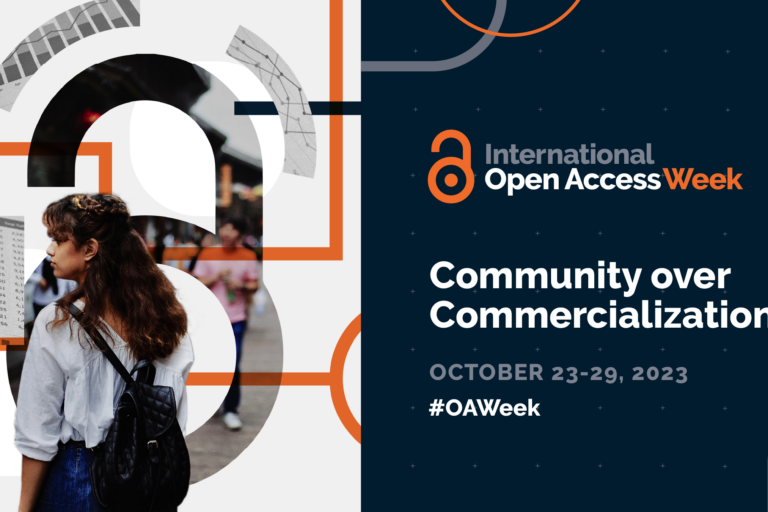Check Out the New Web of Science and SciFinder-N!
Web of Science and SciFinder updated their platforms and added new features over the summer.
Web of Science
Web of Science is known for its multidisciplinary, quality peer-reviewed journal coverage and citation tracking ability, as well as the ability to find metrics for journals, authors, institutions, and articles. Besides the updated look, the new platform offers:
- Enriched cited references
- Article and people recommendations
- Author alerts
- Author impact beamplot
- One box search
- Personalized dashboard
- Article impact metrics
- Export to RIS
The Chester Fritz Library recently added the Emerging Sources Citation Index Archives, which covers an additional 7,000 journals in humanities, social science, and science identified by Web of Science’s editorial team. Use Web of Science to keep up on trends in a field, demonstrate your research impact, find the top cited papers in an area, and more. Check out their online training to learn more.
SciFinder-N
Expanded Content
SciFinder has traditionally served as the top chemistry database, providing details on chemical formulas, properties, and reactions as well as journal articles and patents related to the field. The new SciFinder-N expands the original mission to biology, incorporating all of MEDLINE, biological data from patents, public data on NCBI peptides, nucleotides, polymers, and alloys, and new visualization tools such as ChemScape and BioScape.
If you have not registered for SciFinder previously, register first before logging into to SciFinder-N. If you already have a SciFinder account, your current account will work to login to SciFinder-N.
Better Searching
The new interface also adds an AI relevance algorithm that incorporates manual work done by analysts to provide better relevancy rankings and expansion to related terms (such as a search for cancer incorporating carcinoma, neoplasim, etc.). SciFinder-N also incorporates BLAST Biosequence searching, allowing you to search for chemical and biological substances (powered by PatSnap). If you are using mobile, now you can use a touch-friendly drawing editor, ChemDoodle.
New Tools to Improve Researcher Workflow
Additional tools include the ability to put in a known or novel substance and find information on how relevant bonds have been formed previously, with the ability to narrow the results based on cost, number of steps, etc. to look for ways to optimize chemical formation and reduce toxic waste. You can also find experimental protocols, additional spectra information, patent coverage, and more.
Learn More
SciFinder-N will be offering an online training on their completely rebuilt platform on November 10th at 12:20pm. Request a link to the training from Laura Egan.


